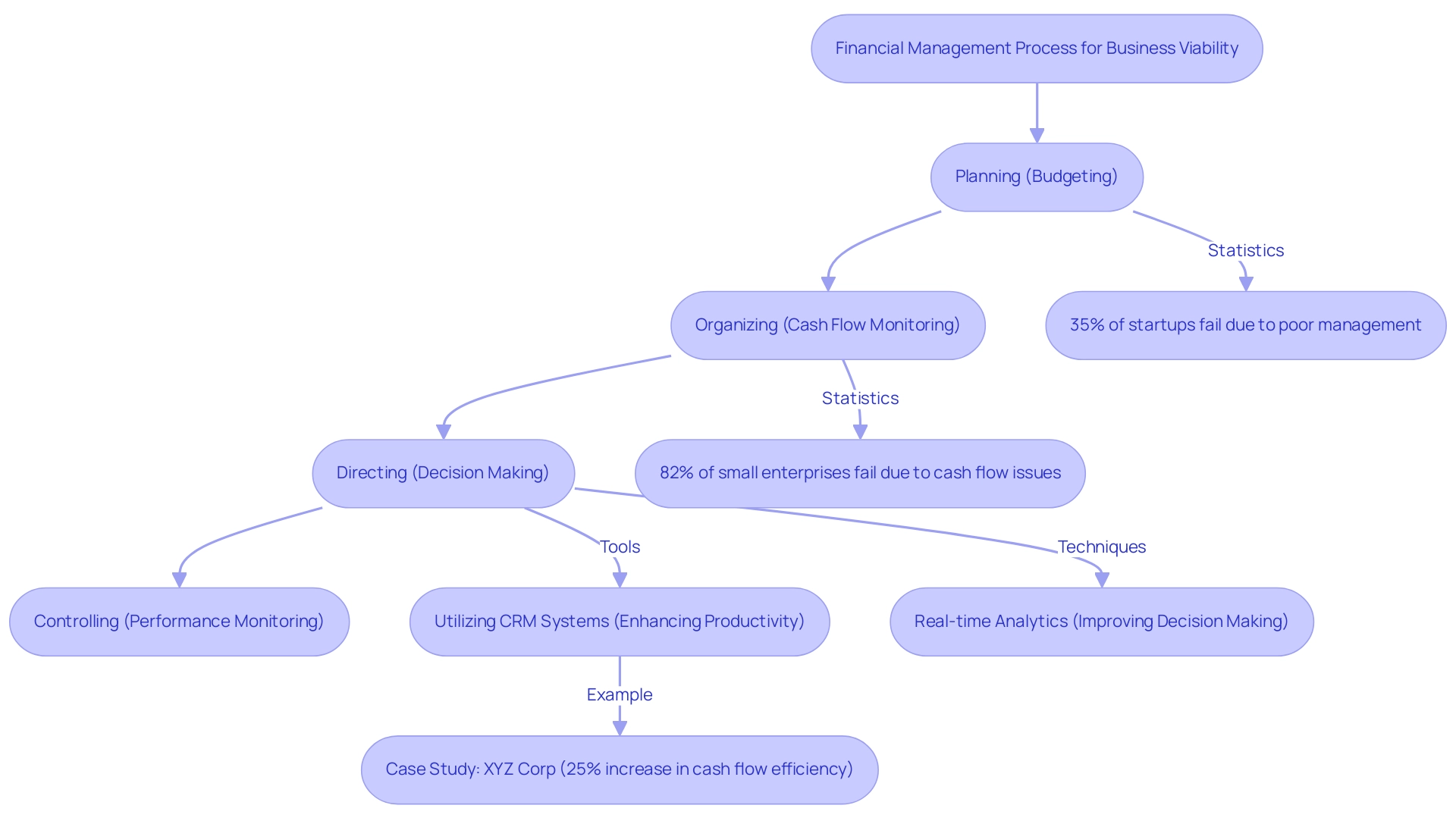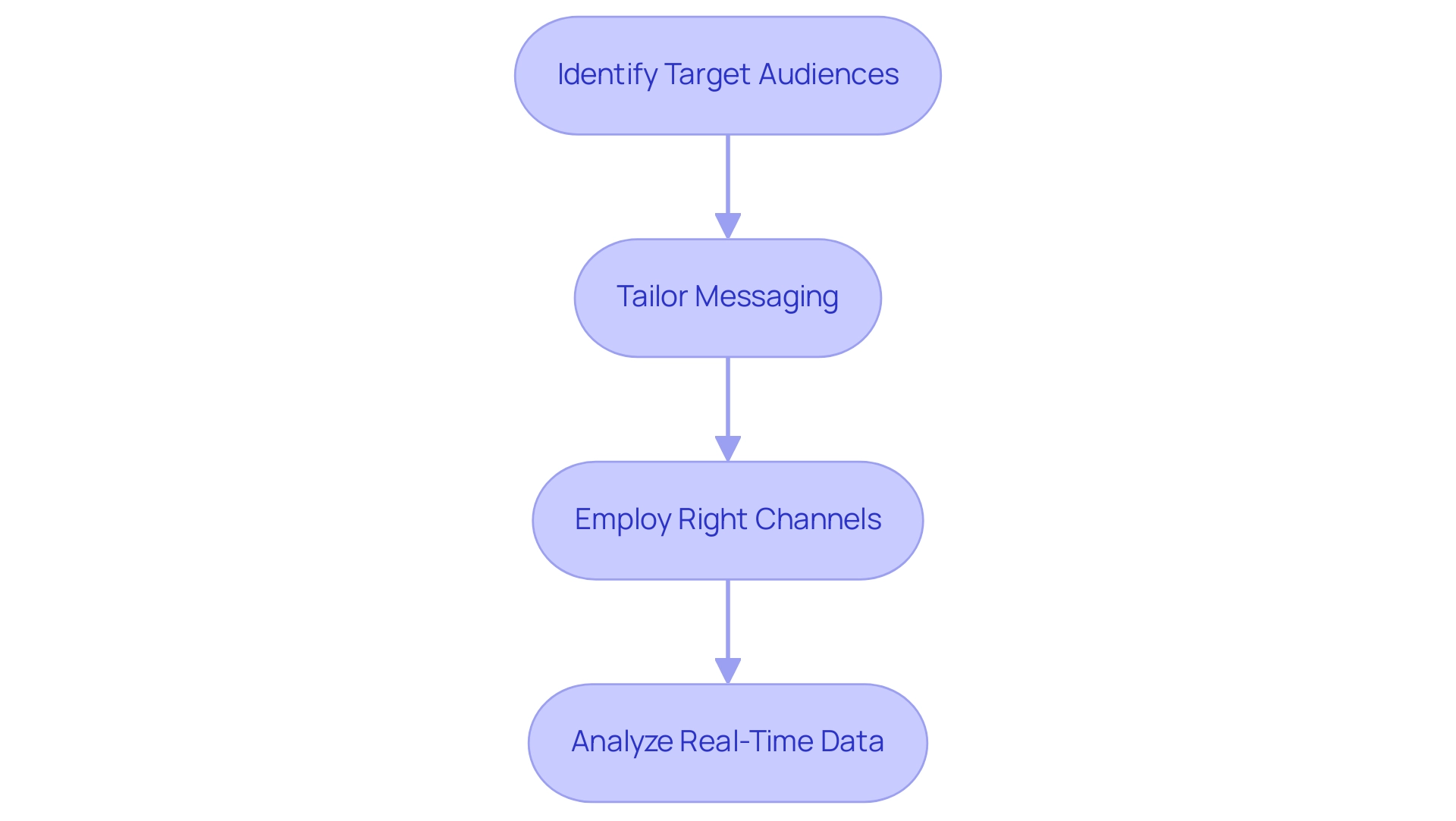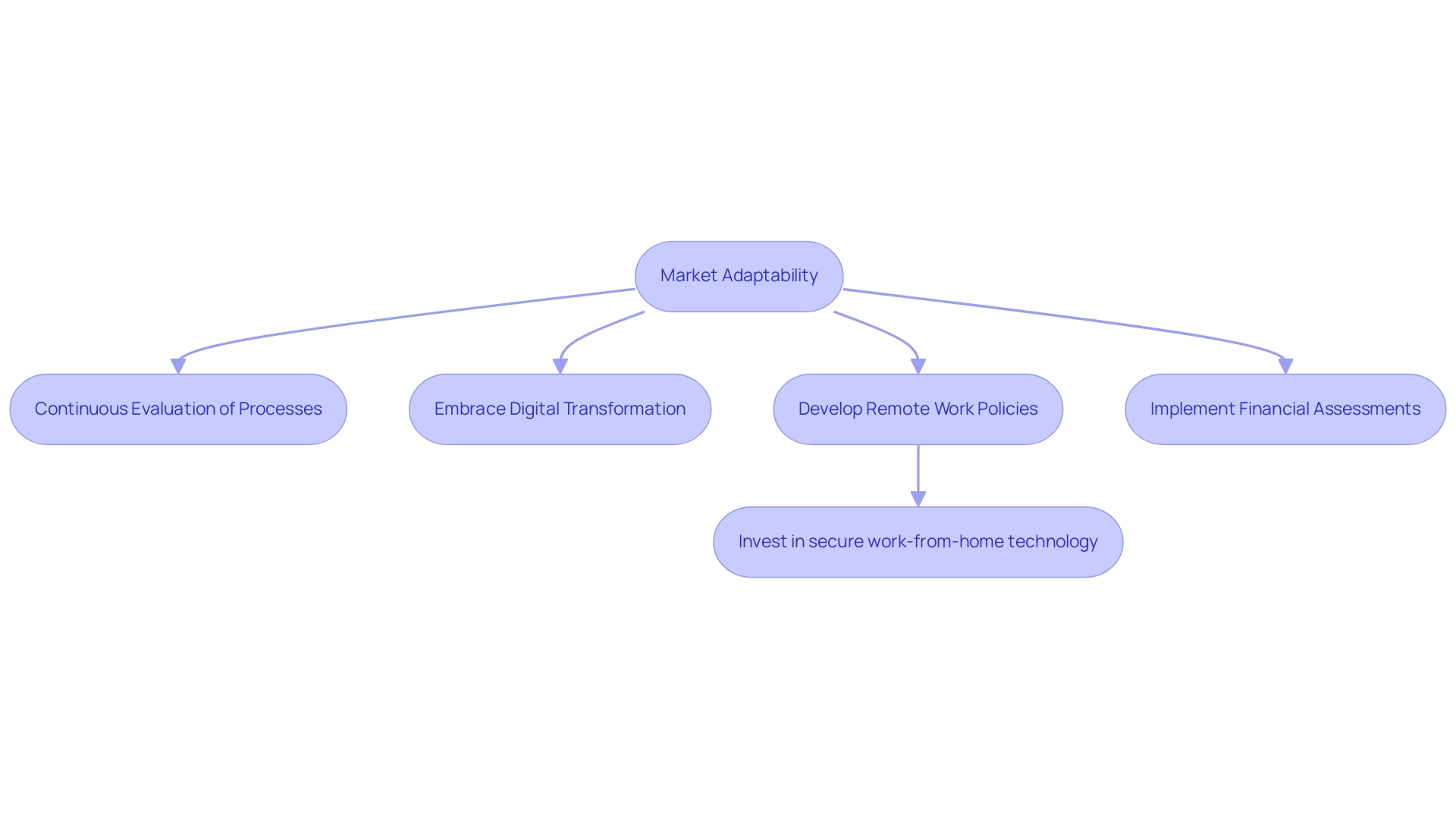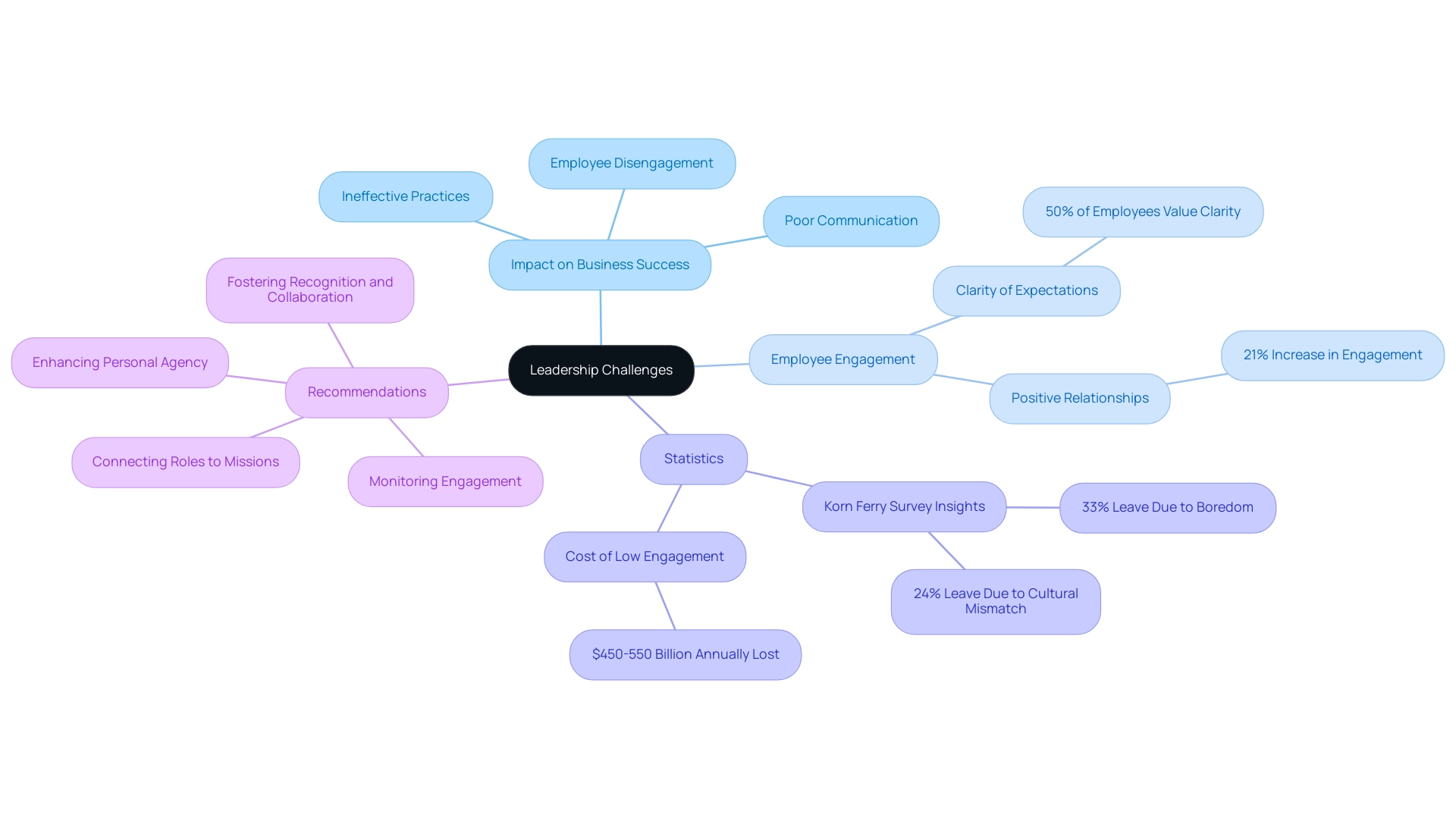Introduction
In the fast-paced world of business, strategic planning is not just a luxury—it's a necessity for survival. As organizations gear up for 2024, the focus is shifting towards agility, adaptability, and proactive decision-making. Companies that embrace robust strategic frameworks are not only better equipped to navigate market fluctuations but also to seize opportunities that arise from change.
This article delves into the critical components of effective strategic planning, financial management, customer engagement, and leadership, providing actionable insights for organizations aiming to thrive in an increasingly competitive landscape. By understanding and implementing these strategies, businesses can secure their long-term success and foster resilience in the face of uncertainty.
The Importance of Strategic Planning in Business Success
Strategic planning is a crucial process for defining an organization's direction and making informed decisions on resource allocation to achieve its goals. High-impact leadership organizations, for instance, invest up to three times more in management development compared to their peers, underscoring the value placed on strategic foresight. As we enter 2024, organizations are increasingly concentrating on agility and adaptability in their strategic approaches to stay competitive in a rapidly changing environment.
A well-crafted strategic plan not only outlines the goals, objectives, and actions needed for success but also serves as a roadmap for navigating market shifts and challenges. Companies that neglect strategic planning often encounter misaligned priorities and confusion, ultimately leading to failure in meeting their objectives. Karla Gilbride, General Counsel of the U.S. Equal Employment Opportunity Commission, emphasizes the importance of strategic initiatives in ensuring organizational effectiveness.
Effective strategic planning involves assessing current performance, identifying gaps, and formulating actionable strategies that align with both short-term and long-term goals. This includes a thorough review to engage key stakeholders and understand the context beyond mere numbers. Our approach emphasizes the 'Identify & Plan' phase, where we collaboratively create a tailored plan to mitigate weaknesses and leverage strengths.
We support a streamlined decision-making cycle during the 'Decide & Execute' phase, allowing teams to take decisive actions backed by real-time analytics. The EEOC's exemplifies this approach. By updating Green Card mailers with QR codes linking to resources, they enhanced access to critical information for new workers, demonstrating the impact of strategic initiatives on organizational success.
In 2024, the emphasis on proactive planning approaches will enable organizations to anticipate market shifts and adjust their strategies accordingly, thereby enhancing resilience against unforeseen challenges. The significance of strategic planning in achieving success cannot be overstated. It equips organizations to navigate complexities, secure long-term growth, and ultimately achieve their objectives while fostering strong relationships through operationalizing lessons learned during the turnaround process in the update & adjust phase.

Financial Management: A Cornerstone of Business Viability
Efficient resource oversight is the backbone of any successful enterprise. It involves meticulous planning, organizing, directing, and controlling monetary activities to ensure sustained growth and stability. However, poor resource management, characterized by ineffective budgeting and inadequate cash flow monitoring, frequently leads to insolvency. Statistics show that 35% of startups collapse because of insufficient market demand, but is a major factor in these failures, with research suggesting that up to 82% of small enterprises fail due to cash flow issues (source: U.S. Bank).
Financial experts like Matt Schulz emphasize the challenges, stating, 'Starting a business is incredibly difficult, and the odds are stacked against you in so many ways.' This highlights the necessity of maintaining sufficient liquidity and preparing for economic downturns. Utilizing efficient tools such as CRM systems can significantly enhance a company's ability to manage customer information and streamline operations, ultimately boosting productivity and focusing on growth.
A strong fiscal strategy not only encompasses regular cash flow forecasting and efficient debt oversight but also highlights streamlined decision-making throughout the turnaround process. By continuously monitoring economic health through real-time analytics, businesses can make informed decisions that preserve their viability. A recent report from the National Small Business Association emphasized that companies using advanced management techniques, such as real-time data analytics, boosted their chances of survival by over 30%. This evidence illustrates the tangible advantages of effective monetary practices.
For instance, the case study on XYZ Corp illustrates how integrating technology like CRM systems can lead to enhanced fiscal oversight and operational efficiency. After adopting a comprehensive monetary oversight system, XYZ Corp reported a 25% increase in cash flow efficiency within the first year of implementation. Additionally, our commitment to implementing the lessons learned during the turnaround process fosters strong, lasting relationships with our clients, enhancing overall performance.
Ultimately, the repercussions of inadequate resource oversight are severe, impacting company viability and resulting in possible insolvency. Therefore, adopting best practices in resource management, including mastering the Cash Conversion Cycle, is not just beneficial but essential for long-term success. By learning from successful examples and remaining vigilant in financial oversight, organizations can navigate the complexities of today's market and thrive.

The Role of Marketing and Customer Engagement in Business Survival
Marketing and client engagement strategies are vital to an organization's growth and sustainability, particularly during a turnaround process. Businesses that fail to engage their clients risk losing them to rivals. A successful marketing approach involves:
- Identifying target audiences
- Tailoring messaging
- Employing the right channels to foster strong relationships
Effective client engagement is now crucial for enterprise success; 86% of clients are willing to pay more for an excellent experience.
Employing real-time data analysis to comprehend consumer behaviors and preferences allows organizations to develop tailored experiences while also observing overall organizational health. Recent trends reveal that only 34% of firms not focused on client obsession prioritize personalization in experiences. This gap underscores the critical need for businesses to in their engagement strategies during a turnaround.
For instance, a retail company that implements robust client feedback mechanisms can adapt its offerings to better align with consumer needs, thus enhancing loyalty and driving sales. In contrast, a firm that overlooks these aspects may struggle to retain clientele in an increasingly competitive market. By leveraging data analytics, businesses can stay ahead of the curve, ensuring long-term growth and client retention, while also streamlining decision-making processes for quicker, more effective actions.
A notable example is Company X, which utilized client data to tailor its marketing campaigns during a challenging period. By concentrating on client feedback and preferences, they were able to modify their offerings and observed a 30% rise in engagement within a year. This demonstrates the power of data-driven marketing strategies and real-time analytics in achieving significant results and operationalizing lessons learned during the turnaround process. By integrating customer engagement with turnaround strategies, organizations can create a more resilient model that not only survives but thrives.

Adapting to Change: The Key to Staying Relevant in Business
In today's rapidly evolving market landscape, businesses must be agile and responsive to survive. Companies that fail to adapt to market trends and technological advancements risk becoming obsolete. Significantly, 44% of small companies with staff hold over $100,000 in debt, emphasizing the . Embracing a culture of innovation and flexibility is essential, with leaders advocating for continuous evaluation of processes and offerings. As John Doe, CEO of Innovate Corp, states, 'Adaptability is not just an option; it’s a necessity for survival in this competitive landscape.'
To facilitate this adaptability, thorough monetary assessments can identify opportunities to preserve cash and reduce liabilities. Our extensive turnaround and restructuring consulting services for small to medium enterprises concentrate on financial evaluation, interim oversight, and operational efficiency. For instance, during the pandemic, organizations that quickly adopted digital transformation managed to maintain customer engagement and streamline operations effectively, supported by our technology-enabled consulting approach. With remote work trends indicating a 13.5% increase post-pandemic, it is imperative to develop robust remote work policies and invest in secure work-from-home technology. As Forbes suggests, 'Embrace this reality. Develop company policies for remote work, invest in secure work-from-home tech, and build camaraderie via company events (virtual or in-person).'
In times of crisis, our interim management services deliver hands-on executive leadership to identify underlying organizational issues and initiate transformational change through our proven Rapid-30 process. This approach helps clients preserve their cash position and initiate new growth in record time. Additional insights from industry leaders reinforce this idea, with Jane Smith, a prominent strategist, noting that 'companies that fail to innovate will inevitably fall behind.'
By recognizing emerging trends and applying necessary changes, organizations can ensure long-term viability. Digital transformation is a key driver of organizational survival in 2024, making it imperative for companies to stay ahead of the curve and foster a culture of innovation. In conclusion, CFOs must prioritize adaptability and innovation to navigate these challenges effectively. By doing so, they not only enhance market relevance but also secure a competitive edge in an increasingly digital world.

Leadership Challenges: Navigating Management Issues for Success
Leadership challenges are pivotal in determining a business's success. Ineffective organizational practices can lead to unclear direction, employee disengagement, and poor communication. Research shows that 50% of employees indicate that clarity of expectations is crucial for their engagement. Additionally, McKinsey reports that positive relationships among colleagues can enhance engagement by 21%, highlighting the direct impact of leadership on team dynamics. Our team's extensive expertise, including leaders acknowledged as top COOs and turnaround specialists, emphasizes the significance of strong oversight in navigating these challenges. By leveraging the skills of our team members, organizations can foster a culture of clarity and engagement that mitigates these leadership challenges.
Recent studies emphasize that personal development initiatives not only benefit employees but also boost company profitability. A 2018 Korn Ferry Survey revealed that:
- 33% of professionals seeking new jobs cite boredom and the need for new challenges.
- 24% leave due to cultural mismatches.
This data underscores the importance of in retaining talent and fostering a motivated workforce. By investing in leadership training, companies can address these concerns and enhance employee satisfaction.
Case studies provide further context on the cost of low employee engagement, with U.S. organizations losing approximately $450-550 billion annually due to disengaged workers. These employees typically demonstrate lower responsibility and motivation, which negatively affects overall productivity. To mitigate these costs, experts recommend:
- Enhancing personal agency
- Monitoring engagement
- Connecting individual roles to organizational missions
- Fostering recognition and collaboration
Strong leadership plays a crucial role in implementing these strategies effectively.
Consultants focus on strengthening leadership by implementing best management practices and effective decision-making strategies. Empowering leaders through coaching and development programs enables them to inspire their teams and drive performance more effectively. Companies that invest in their leaders, like those in our team with backgrounds in defense, aviation, and supply chain transformation, cultivate a positive organizational culture that promotes collaboration, innovation, and accountability. This strategic investment ultimately steers the business towards sustained success.

Conclusion
Strategic planning is crucial for organizational success as businesses gear up for 2024. By clearly defining direction and efficiently allocating resources, companies can effectively navigate market fluctuations and seize new opportunities. Investing in management development and cultivating a proactive planning culture enhances agility and adaptability.
Equally important is effective financial management, which protects liquidity and prevents insolvency. Organizations that utilize advanced financial techniques and real-time analytics significantly improve their chances of survival. The use of technology, such as CRM systems, streamlines operations and enhances cash flow, underscoring the necessity of strong financial oversight.
Additionally, marketing and customer engagement play a vital role. Companies that understand customer behaviors and preferences can create personalized experiences that foster loyalty and drive sales. By leveraging data analytics, businesses can adapt their strategies to meet evolving consumer needs, ensuring long-term growth.
In today’s fast-paced environment, adaptability is essential. Embracing change and investing in digital transformation are key to maintaining relevance. Addressing leadership challenges through effective management practices boosts employee engagement and productivity, fostering a motivated workforce that drives performance.
In conclusion, the integration of strategic planning, financial management, customer engagement, and effective leadership creates a resilient framework for business success. Emphasizing these elements prepares organizations for the challenges of 2024 and positions them for sustained growth in a competitive landscape. Prioritizing these strategies is essential for thriving in an evolving market.
Frequently Asked Questions
What is the importance of strategic planning for organizations?
Strategic planning is crucial for defining an organization's direction and making informed decisions on resource allocation to achieve goals. It helps organizations navigate market shifts and challenges, ensuring alignment of priorities and effective decision-making.
How do high-impact leadership organizations approach management development?
High-impact leadership organizations invest up to three times more in management development compared to their peers, highlighting the value placed on strategic foresight and effective leadership.
What are the key components of effective strategic planning?
Effective strategic planning involves assessing current performance, identifying gaps, formulating actionable strategies, engaging key stakeholders, and creating a tailored plan to leverage strengths and mitigate weaknesses.
How does real-time analytics contribute to strategic planning?
Real-time analytics support a streamlined decision-making cycle, allowing teams to take decisive actions based on current data, which enhances organizational effectiveness and responsiveness.
What role does adaptability play in strategic planning for 2024?
As organizations face a rapidly changing environment, adaptability becomes essential. Proactive planning approaches enable organizations to anticipate market shifts and adjust strategies to enhance resilience against unforeseen challenges.
What are the risks of neglecting strategic planning?
Companies that neglect strategic planning often face misaligned priorities and confusion, which can lead to failure in meeting their objectives.
How does effective resource oversight impact business success?
Efficient resource oversight involves meticulous planning and control of monetary activities, which ensures sustained growth and stability. Poor resource management can lead to insolvency and business failures.
What are common causes of startup failures related to resource management?
Research indicates that up to 82% of small enterprises fail due to cash flow issues, and 35% of startups collapse because of insufficient market demand, highlighting the critical need for effective resource management.
How can businesses enhance their financial oversight?
Businesses can enhance financial oversight by utilizing tools like CRM systems for better customer information management, conducting regular cash flow forecasting, and employing real-time data analytics for informed decision-making.
What is the significance of client engagement strategies during a turnaround process?
Effective client engagement is vital for growth and sustainability. Businesses that fail to engage clients risk losing them to competitors. Tailored marketing and client feedback mechanisms are essential for enhancing loyalty and driving sales.
How does data analysis contribute to marketing and client engagement?
Real-time data analysis helps organizations understand consumer behaviors and preferences, allowing them to tailor experiences and improve overall organizational health.
What are the consequences of inadequate leadership in organizations?
Ineffective leadership can lead to unclear direction, employee disengagement, and poor communication, negatively impacting overall productivity and profitability.
Why is leadership development important for retaining talent?
Investing in leadership development addresses employee concerns, enhances satisfaction, and can significantly reduce turnover, ultimately benefiting company profitability.
What strategies can organizations implement to improve employee engagement?
Organizations can enhance engagement by fostering recognition, connecting individual roles to organizational missions, and monitoring engagement levels, all supported by strong leadership.
How can companies cultivate a positive organizational culture?
Companies can cultivate a positive culture by investing in leadership training, empowering leaders through coaching, and implementing best management practices that promote collaboration and accountability.




